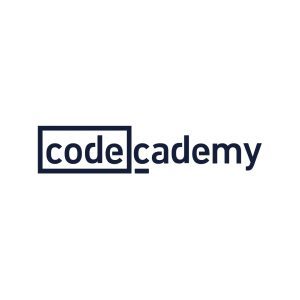Getting Started with Tensorflow 2.0
This course focuses on introducing the TensorFlow 2.0 framework – exploring the features and functionality that it offers for building and training neural networks. This course discusses how TensorFlow 2.0 differs from TensorFlow 1.x and how the use of the Keras high-level API and eager execution makes TensorFlow 2.0 a very easy to work with even for complex models.
TensorFlow has long been a powerful and widely used framework for building and training neural network models. In recent years though other frameworks such as PyTorch have gained popularity specifically due to their intuitive programming model which uses dynamic execution graphs. Now TensorFlow 2.0 offers all the ease of use of other frameworks along with TensorFlow’s performance and functionality. TensorFlow’s use of the Keras high-level API makes designing and training neural networks very straightforward while eager execution makes prototyping and debugging models simple. First, you will explore the basic features in TensorFlow 2.0 and how its programming model differs from TensorFlow 1.x versions. You will understand the basic working of a neural network and its active learning unit, the neuron. Next, you will compare and contrast static and dynamic computation graphs and understand the advantages and disadvantages of working with each kind of graph. You will get hands-on exploring execution in TensorFlow 2.0 in eager execution mode and harness the performance efficiencies of static graphs by using the tf.function decorator to decorate ordinary Python functions. You will then learn how a neural network is trained using gradient descent optimization and how the GradientTape() library in TensorFlow calculates gradients automatically during the training phase of your neural network model. Finally, you will learn how different APIs in Keras lend themselves to different use-cases. Sequential models consisting of layers stacked one on top of the other are simple and have long been supported by Keras. You will also explore the Functional API and model subclassing in Keras and then use these APIs to build regression as well as classification models When you’re finished with this course, you will have the skills and knowledge to harness the computational power of the TensorFlow 2.0 framework and choose between the different model-building strategies available in Keras.
Author Name: Janani Ravi
Author Description:
Janani has a Masters degree from Stanford and worked for 7+ years at Google. She was one of the original engineers on Google Docs and holds 4 patents for its real-time collaborative editing framework. After spending years working in tech in the Bay Area, New York, and Singapore at companies such as Microsoft, Google, and Flipkart, Janani finally decided to combine her love for technology with her passion for teaching. She is now the co-founder of Loonycorn, a content studio focused on providing … more
Table of Contents
- Course Overview
2mins - Exploring the TensorFlow 2.0 Framework
39mins - Understanding Dynamic and Static Computation Graphs
47mins - Computing Gradients for Model Training
40mins - Using the Sequential API in Keras
32mins - Using the Functional API and Model Subclassing in Keras
28mins






There are no reviews yet.